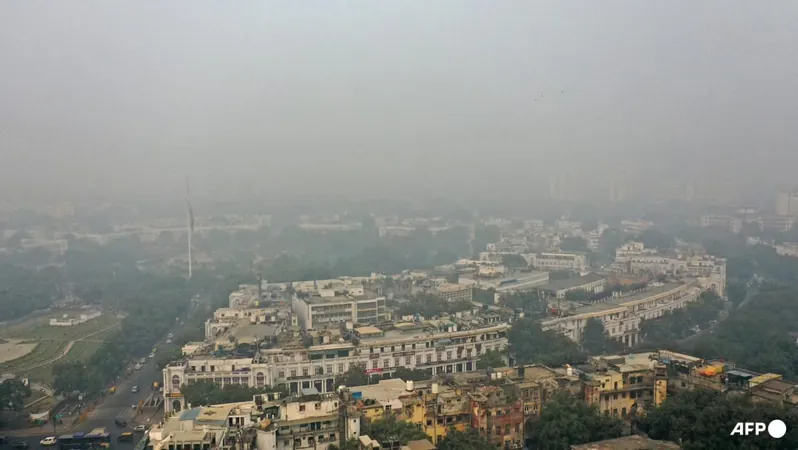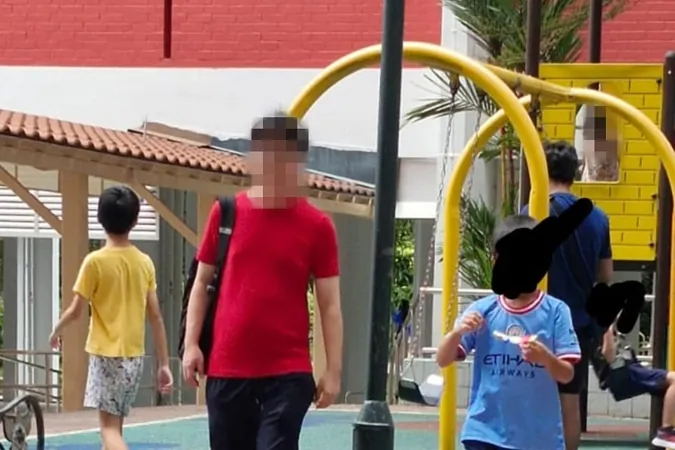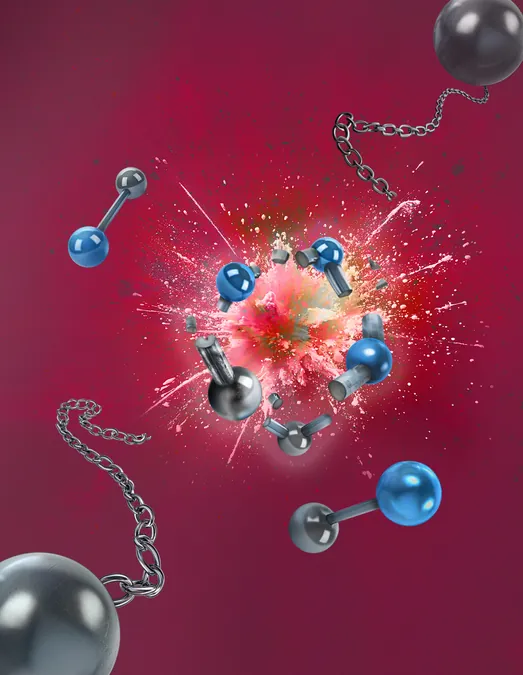
Crisis in New Delhi: Schools Close as Toxic Smog Reaches Unprecedented Levels
2024-11-18
Author: Arjun
Schools Transition to Online Classes
NEW DELHI: The national capital of India, New Delhi, has implemented online classes for schools starting Monday, as alarming levels of toxic smog have surpassed 60 times the World Health Organization's (WHO) safe limits. This drastic measure comes amidst growing concerns over the hazardous air quality, which poses severe health risks, especially to children and the elderly.
Staggering Pollution Levels
Recent data from the air quality monitoring platform IQAir revealed a staggering PM2.5 concentration of 921 micrograms per cubic meter at midday—far exceeding the WHO's threshold of 15 micrograms for safe air. Disturbingly, some monitoring stations recorded levels as high as 1117 micrograms, intensifying fears about the long-term effects of such pollution.
Impact on Daily Life
Subodh Kumar, a local rickshaw puller, voiced his struggles in navigating daily life amid the suffocating smog. "My eyes have been burning for the last few days. Pollution or no pollution, I have to be on the road; where else will I go?" Mr. Kumar's predicament highlights the plight of many residents who rely on outdoor work for their livelihoods.
Wider Regional Effects
The smog not only affects New Delhi but has also spread across northern India, rendering iconic sites like the Taj Mahal nearly invisible and choking residents as far away as Lahore in neighboring Pakistan. Authorities often cite stubble burning by farmers in surrounding regions as a primary contributor to the pollution crisis, alongside emissions from vehicles and industrial activity. A report by The New York Times recently brought to light the emissions from a power plant improperly handling the city's waste.
Government Response
In response to this escalating crisis, local officials have imposed further restrictions, including limiting the movement of diesel-powered trucks and halting construction activities in an attempt to reduce pollution levels. The government has urged vulnerable populations, including children and those with pre-existing health conditions, to remain indoors as much as possible.
Socioeconomic Disparities
While the wealthy can afford air purifiers and the comfort of home, many low-income residents lack basic resources to shield themselves from the hazardous air. Rinku Kumar, a taxi driver, shared his frustration: "The rich ministers and officials can afford to stay indoors, but not ordinary people like us. Who can even afford an air purifier when paying monthly bills is a challenge?"
Judicial Intervention
Adding to the urgency, India's Supreme Court recently recognized clean air as a fundamental human right, mandating that both central and state authorities take immediate action. The court is set to convene again to discuss the ongoing health crisis, following widespread criticism regarding the lack of effective measures to combat air pollution.
Political Challenges
Critics argue that political disputes between regional politicians have exacerbated the situation, as leaders fear alienating powerful farming lobbies by addressing the harmful practice of stubble burning directly. Delhi's Chief Minister Atishi expressed her exasperation over the situation, stating, "The people of Delhi are really troubled; they can't breathe." She called for coordinated action from the national government to tackle what has become a public health emergency.
Conclusion
New Delhi, home to over 30 million residents, consistently ranks among the world's most polluted cities, particularly during the winter months when cooler temperatures and stagnant winds exacerbate air quality issues. As this crisis unfolds, the health of millions hangs in the balance, and urgent action is essential to restore clean air for a city grappling with an environmental catastrophe.






 Brasil (PT)
Brasil (PT)
 Canada (EN)
Canada (EN)
 Chile (ES)
Chile (ES)
 España (ES)
España (ES)
 France (FR)
France (FR)
 Hong Kong (EN)
Hong Kong (EN)
 Italia (IT)
Italia (IT)
 日本 (JA)
日本 (JA)
 Magyarország (HU)
Magyarország (HU)
 Norge (NO)
Norge (NO)
 Polska (PL)
Polska (PL)
 Schweiz (DE)
Schweiz (DE)
 Singapore (EN)
Singapore (EN)
 Sverige (SV)
Sverige (SV)
 Suomi (FI)
Suomi (FI)
 Türkiye (TR)
Türkiye (TR)